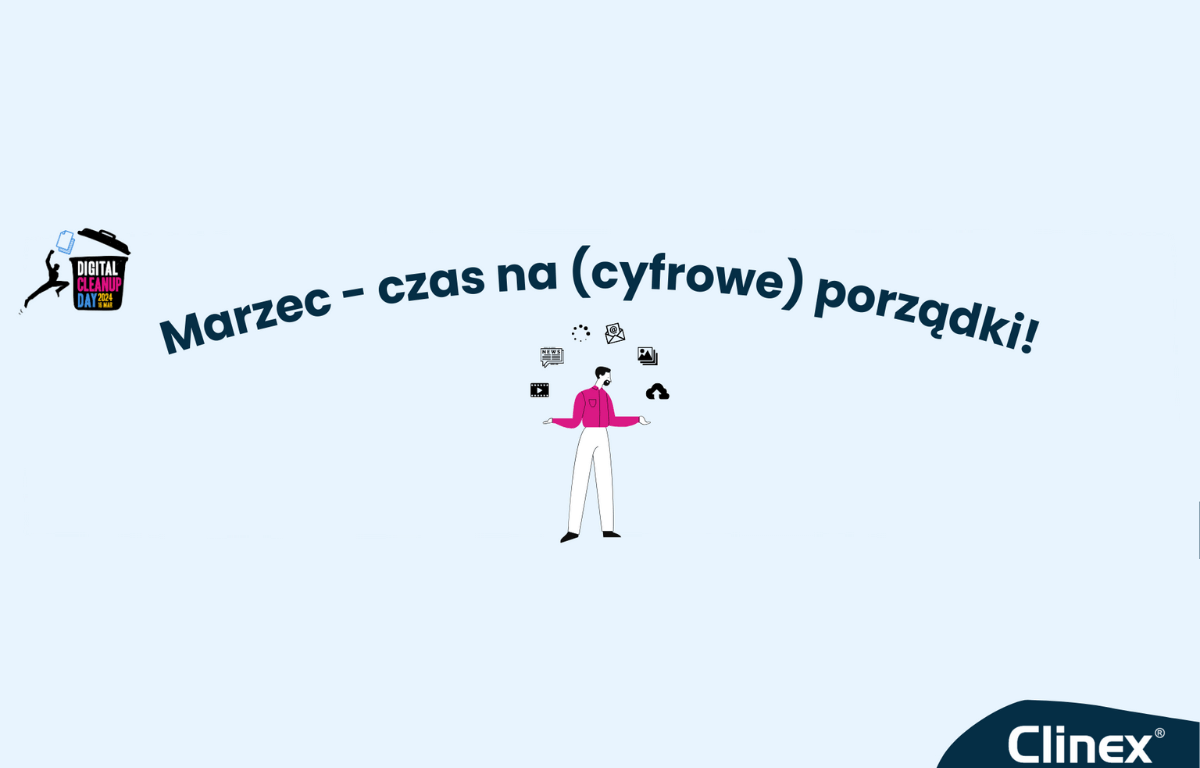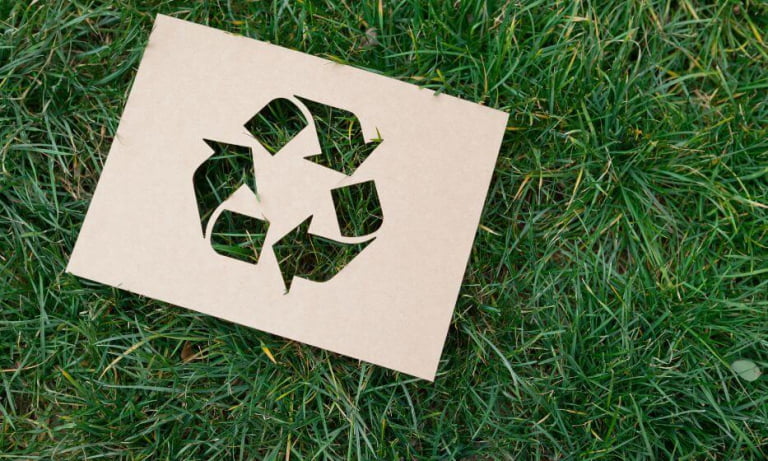Digital waste is still a new topic and not fully recognized by many. However, more and more companies and organizations pay attention to the need to organize their data and pay attention to digital savings. On March 16, as every year, we celebrate Digital Cleanup Day. March is therefore the perfect time to talk with the Clinex brand about the phenomenon of digital waste and how to reduce it!
Digital waste – what is it?
The term ” Digital waste” refers to any unnecessary, unused or obsolete data, files, applications, electronic devices or digital infrastructure. Just like physical waste that accumulates in the natural environment, digital waste constitutes “litter” of the digital environment that has a real impact on our resources. Every unnecessary e-mail, large attachment, unread newsletter or unsuccessful photo on your phone takes up space and consumes energy. How? Servers that must store huge amounts of our data consume enormous amounts of electricity and generate carbon dioxide into the atmosphere.
What digital waste can we find in our surroundings?

● Junk files and documents : Old files, backups, duplicate documents, and other junk files that take up space on your hard drive or in the cloud.
● Obsolete electronic devices : unused or damaged devices such as old cell phones, laptops, desktop computers that are no longer in use but are still taking up space or have not been disposed of properly. We take all electronic waste to the Electronic Waste Collection Point!
● Outdated apps and software : Old apps that are no longer updated or used, but still take up space on devices and can pose a security risk if not updated properly.
● Junk data in the cloud : Data or files that have been uploaded to the cloud but are no longer needed and yet remain in the system, taking up space.
● Electronic Junk : Spam, junk email, unnecessary advertising, and other forms of unwanted digital content.

This last example is the main source of clutter in our email inboxes. However, you just need to remember a few rules and clean out your email inboxes once a month! According to research, 90% of saved data is never returned to us after 3 months. This means we can remove them and free up space!
Digital waste negatively affects the environment!
Digital waste has negative consequences for the environment. These include the consumption of energy and material resources needed to store and handle this data and the impact on the climate. Additionally, seizing excessive digital assets may result in the loss of valuable data and increase the risk of privacy and data security breaches.

Digital Cleanup Day is an initiative created by Let’s Do It World, the organizer of World Cleanup Day. As of 2020, 170 countries participated in Digital Cleanup Day, and almost 870,000 people deleted nearly 12.7 million GB of data, preventing the annual production of approximately 3,169 tons of CO2.

Together with our partner, the Clinex brand, we encourage you to carry out your own digital cleaning. Tips on how to do this can be found on our website!
See more:






